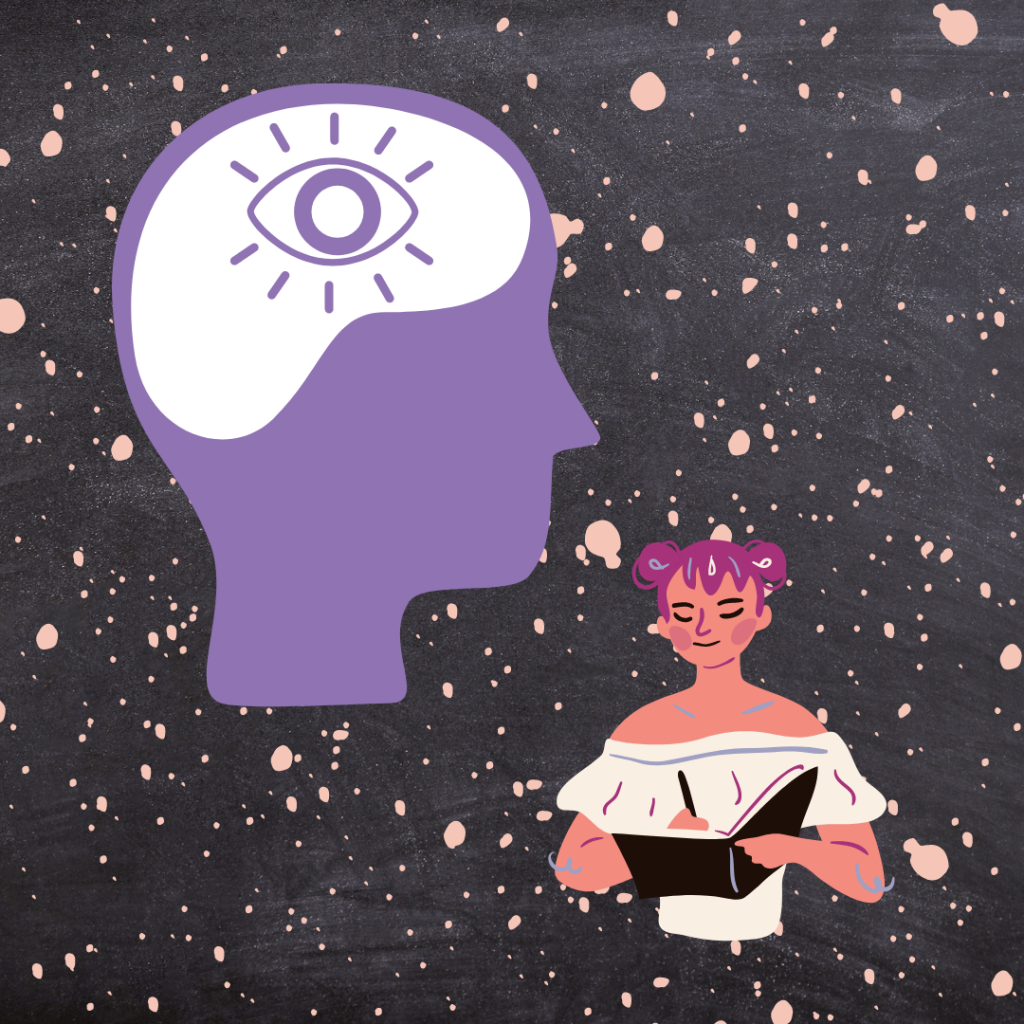
Positive Psychology
Esseen tyyppi: Yksilöessee / 2 esseepistettä.
Positive psychology
This essay covers key elements of the positive psychology training session with Toni Lehtimäki from the 12th of October 2021 as well as my own reflection and thoughts about the subject.
Training session plan:
- What makes you happy?
- Can you increase your happiness? How?
- Are you able to be happy without any goals?
We started the training session with a question about what makes us happy. At first glance, it’s kind of a banal question in my opinion, while at the same one it’s a very important one. Finland has been the happiest nation for four years running. One could think that we citizens of Finland should know pretty well how to be happy? Perhaps, we do know answers to these questions in the nationwide and rational way of thinking. Good healthcare, education, and other public services are funded from taxes. Also, relatively high trust towards the government, and in 2021, Finland has managed the pandemic significantly better compared to the majority of European countries. Although do we know how to be happy in our own personal life? We tried to answer this question in the first part of the training session by asking ourselves what makes us happy. The response was mixed, for some people, it’s sports, for others work, nature or family, etc. In the end, we are not all that different from each other. I recently heard a joke about the goals of the average Finn. It used to be a decent job (go figure), two kids, a dog, a station wagon, and a row house. Now it’s pretty much the same except we wish for Tesla and a house with a heat pump. There is nothing wrong with these goals, but does checking “the next box” really make us happy? That’s another story.
When going forward we concluded that key elements to happiness are presence, self-acceptance, and belonging. Therefore, doing sports might be something that besides boosting our dopamine level makes us feel good because we need to concentrate on it. It’s impossible for most to play tennis or football with others and listen to the audiobook at the same time. We are present when body and mind are engaged in the same activity and that promotes the feeling of happiness. Another example could be eating a meal and checking emails or news on the phone. Our attention is split, we cannot fully engage and we partly miss out on the flavors and overall experience. Other activities like meditation can increase the feeling of being connected and present. Practicing mindfulness takes that even deeper.
Many people also feel better when connecting with nature. The study suggests that happiness associated with nature is related to our evolutionary response to feelings of safety and survival which produces positive emotions. As well as from my own experience I feel that nature is very stimulating in a positive way. Surrounding ourselves with the infinitive beauty of nature brings positivity to my life.
In the second part of the training session, we talked about increasing happiness. In short, the conclusion was to just do more of what we like. It’s closely related to our neurobiological system and how we start to perceive “happiness”. I will attempt to simply explain how our body and mind work in this process. I believe that joy and happiness are often seen as interchangeable, while they can mean two different things. A feeling of joy can be associated with short-term pleasure caused by some hormones (for example dopamine and endorphin), while different hormones (oxytocin and serotonin) serve us with a long-lasting feeling of happiness, fulfillment, and belonging.
Therefore, just doing more of what we like can have its downsides too. Hedonic adaptation is a subject of positive psychology and it’s a tendency to stabilize our mood and feeling of happiness after positive or negative events in life. It’s also called the hedonic treadmill which can be understood as a tendency to chase pleasure after pleasure.
To my understanding, hedonic adaptation cannot be avoided but can be minimized. On the one hand, it helps us to cope with bad experiences from the past, build gratitude and accept things how they are. While the negative effect of adaptation is that we get used to the good stuff very fast and it’s soon not enough to keep us happy. This is closely related to our emotions and thoughts, which we need to learn to accept. When we start to identify them, we can learn from them. We can develop methods how to utilize them and build motivation, empathy, and strong relationships. By acknowledging the hedonic treadmill, we can simply slow down adaptation and decide to appreciate what we already have.
“Our greatest freedom is the freedom to choose our attitude.”
– Viktor Frankl
That continues to our core values and the “why”. Therefore, we come to the conclusion that happiness is an attitude that we have during the journey rather than at the destination. Our core values are the key to building and strengthening a good attitude. These must be aligned with the goals, otherwise, we won’t go in the desired direction. Knowing “why” comes before “how”.
Going to the third part of the training session, we talked about Tal Ben-Shahar’s hamburger model from 2007. The pleasure of today must have a meaning and purpose for the future. There are four main parts: Rat race, Hedonism, Nihilism, and Happiness.

Hedonist burger. Hedonists chase the pleasures of today without meaning while lacking the long-term vision. They seek quick rewards and dopamine spike. Therefore, it’s the unhealthiest and the best-tasting burger at first sight.
Rat racer’s burger is the burger composed of only the healthiest ingredients, that taste awful, but bring the promise of a better tomorrow.
Nihilist’s burger, a burger that doesn’t taste good nor have any benefits. No today’s pleasures or future goals. It is the archetype of happiness.
Happiness and the perfect burger. It’s healthy and it tastes great! According to Shahar’s theory, we need to find a perfect mix to be happy. Partly join the rat race, but also be a hedonist. In other words, enjoy today but keep tomorrow in mind. Things are not black and white and there is a lot of room to play, each of us needs to find out what works for us.
When we get to know more about ourselves and we know what we like, we are more likely to find our way into the state of flow. At times, we can get really absorbed by whatever we are doing, feeling of energized concentration, disconnection from the surroundings mixed with a loose sense of time. Commonly called “being in the zone”. It’s associated with hyper-focus, but I’m going to skip the negative effects of that. Instead, write shortly how we can champion the positive side of the flow state. Here in the mix comes hedonism and eudaimonism emphasizing the pursuit of self-actualization considered as self-development. Hedonism pursues pleasure and enjoyment, while the eudaimonic side pursues long-term, meaningful goals. The subtle difference is that pure hedonism is just pleasure and doesn’t make us grow. It won’t satisfy our hunger for meaning and answer our question “why”. In the end, we will end up miserable and unhappy.
Therefore, I personally don’t think I could live without any goals in life. There are many opinions about this, but looking at Maslow’s hierarchy of needs theory, self-actualization is on the very top and it might be still out of reach and ability to understand for many who didn’t fulfill the previous steps.
In the end, our view on happiness might change depending on the current life situation, age and other factors. Nevertheless, we have different tools to help us to understand our needs and spark happiness. Good luck!
______________________
Behan, C. ‘The Benefits of Meditation and Mindfulness Practices during Times of Crisis Such as COVID-19’. Irish Journal of Psychological Medicine 37, no. 4 (December 2020): 256–58. https://doi.org/10.1017/ipm.2020.38.
Delle Fave, Antonella, Fausto Massimini, and Marta Bassi. ‘Hedonism and Eudaimonism in Positive Psychology’ 2 (1 January 2011). https://doi.org/10.1007/978-90-481-9876-4_1.
Maughan, Ronald J., and Michael Gleeson. The Biochemical Basis of Sports Performance. OUP Oxford, 2010.
Susan Folkman The Oxford Handbook of Stress, Health, and Coping. Chapter 11 by Sonja Lyubomirsky, Hedonic Adaptation to Positive and Negative Experiences. Oxford University Press, 2011
theOECD. ‘General Government – Trust in Government – OECD Data’. Accessed 8 November 2021. http://data.oecd.org/gga/trust-in-government.htm.




Ella Muja
The first paragraph was slightly long, but not difficult to read in any way. I appreciated the theory aspect of the essay and the way you tied in some personal thoughts. I wish I would have been able to join this paja, but it is nice to be able to read about it! Also loving the hamburger diagram 🙂